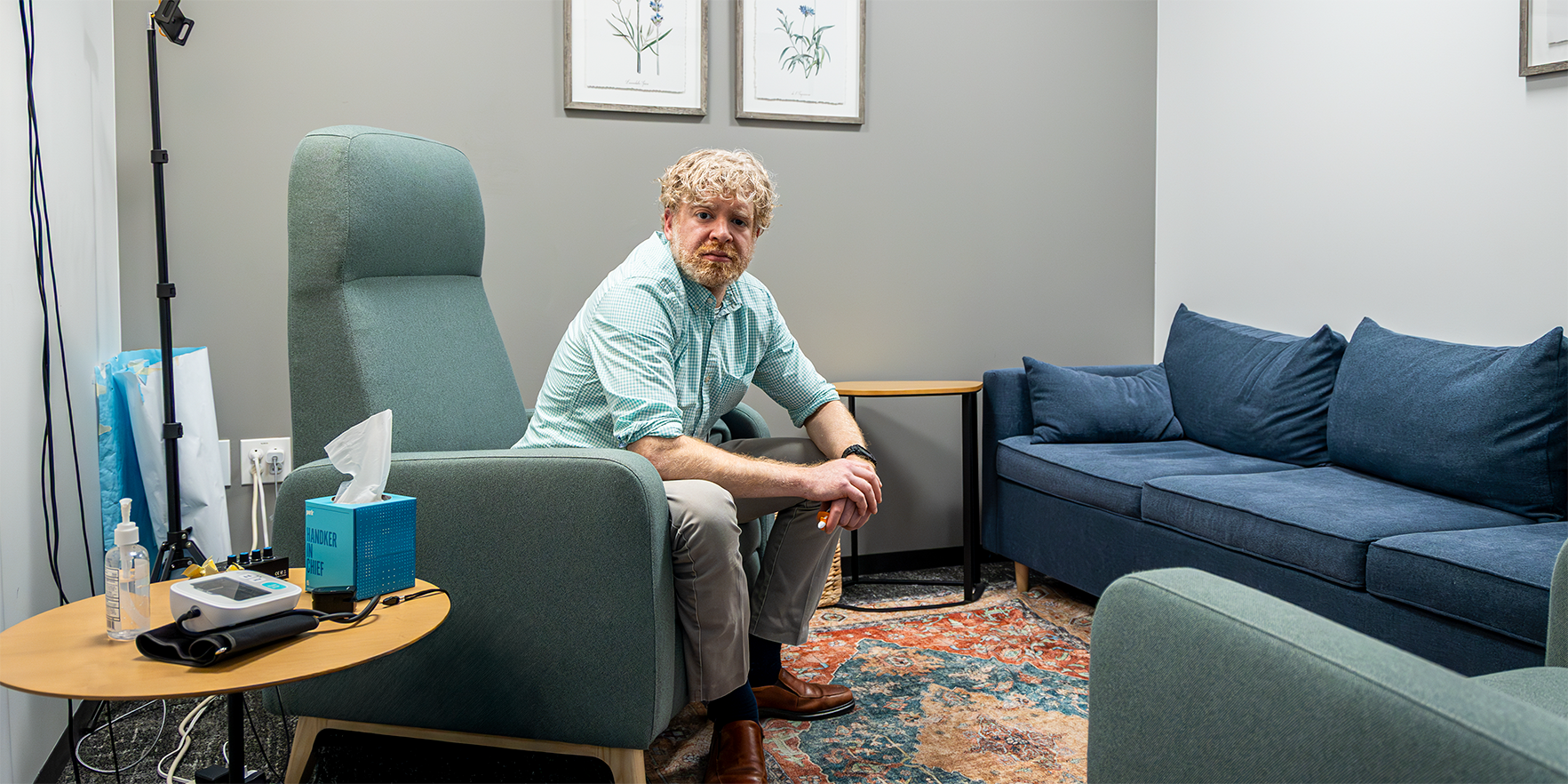What are veneers? Can you describe their basic types, what they're made of and their durability?
Veneers are an elective cosmetic treatment. They are made of a material that is placed just over the front side of the teeth primarily to fix imperfections.
Typically, if patients have problems with their teeth in terms of shape, gaps, slightly crooked teeth or stains, they can be covered by veneers.
There are only two main types of materials for veneers: porcelain and composite. Porcelain veneers are made from a high quality ceramic, while composites are made from the same materials as tooth-colored resin fillings.
Of the two, porcelain veneers are a stronger material and last longer compared to composite. There is enough literature showing the long survival rate of up to 20 years for porcelain veneers when they are well made and follow a proper diagnosis from a licensed dentist. We don't have as much long-term follow-up literature about the durability of composites veneers, they range from five to seven years and, in some cases up to a decade if well maintained.
However, the advantage of composites over porcelain is that they are a more economical and reversible procedure. They usually take more time in the dental chair, but can be done in a single appointment and the dentist does all the artistic work. With porcelain, the dentist will take an impression of the trimmed teeth to create a mold. This mold is sent to a professional lab that will custom make the porcelain veneers. Once the veneers are ready, the dentist will bond (glue) them to the trimmed teeth. Since this process may take a week or two, temporary veneers can be used until the permanent ones are back from the lab.
Are the types of veneers a patient gets on a case-by-case basis?
Yes, case by case and always prioritizing the patient's health. For treatment we go from comprehensive dental exam, proper diagnosis to treatment plan. We also create a diagnostic wax-up (prototype) to show a patient what the veneers will look like. This helps to determine, depending on the amount of tooth structure to be replaced, as to whether we choose porcelain or composite.
What is the cost difference between porcelain and composite?
There is a big difference in cost, too. Porcelain veneers are more expensive. But there’s also more control over the fabrication with porcelain, which can result in better aesthetic results.
Composite veneers are generally less expensive and depend directly on the dentist's skills.
Could you talk a little bit about how you help patients balance aesthetic concerns with a patient’s dental and overall health?
We must educate those patients, which is a fundamental part of the care we provide as dentists. So, while it’s an important part of our profession to improve a patient’s smile, we must emphasize that oral health is an essential part of their overall health. There should always be a reminder for patients that veneers, while important for self-confidence and a variety of other reasons, are an elective and cosmetic treatment. Oral health conditions such as gum disease or tooth decay must always be treated first.
The other week, we had a patient in the clinic who came in asking for veneers but had a few other underlying oral health problems that he didn’t realize. One of these “veneer techs” would not have caught these problems, putting the patient's health at risk.
When would it be appropriate for a younger person to seek out veneers, if at all?
We are seeing younger and younger patients — as young as 12 — wanting to change their smiles with veneers. From my perspective as a dentist, social media is driving all this demand.
We need to remind patients at that age that their mouths are still changing – their gums and teeth are changing positions. Combine that with making patients understand that porcelain veneers are not reversible – no material will be as good as the tooth enamel we naturally have.
Taking those factors into account, the consensus is 16 to 18 years old would be the absolute earliest, depending on the patient. Postponing more would be better. And even then, I would say if I have a patient in that age range, I would recommend some type of composite work, something that's more reversible. Considering that every time you replace or redo a dental treatment, more tooth structure will be taken away, you are reducing the life of the teeth.
What are some of the health risks when you are dealing with someone who is doing unlicensed dental work such as veneer techs?
The list is very long. I’ll start with infection control. In a dental office, we learn and practice infection control from patient to patient, ensuring everything is sterilized so we don’t transmit diseases from one patient to another.
Second would be knowledge of the tools for placing veneers – especially high-speed drills. Dental students practice for two years on mannequins before they can treat a patient. The drills and other tools we use in the field must be handled with care around the soft tissues in the mouth. If there’s an accident and the patient is now bleeding and needs to be sutured, one of these veneer techs wouldn’t be trained to provide care in those situations. A dental office is better prepared to solve emergency problems.
Next is considering the patient's general health. Does the patient have underlying medical conditions that one of these “veneer techs” has the experience and background to handle? Do they know how to treat a patient with anxiety or high blood pressure?
Finally, you risk dealing with someone who doesn’t fully understand the anatomy of the teeth. Are they trained to know how close they are to a nerve in your tooth or mouth? Do they know how to identify tooth decay before placing a veneer? Decay is an infection and if it is covered without treatment you risk much larger health issues, such as abscesses or infection spreading more widely through your body.
How would you talk to a patient considering dental care from a veneer tech or unlicensed dentist?
In a few ways. I think, on average, that patients don’t always fully understand how teeth and oral health are tied to things that affect their overall health. We hear things like, “Oh, veneers are like going to do my nails.” But it’s just so different – your teeth will not grow back. It’s not all about aesthetics. Aesthetics are great, but people forget that oral health is important for overall health.
People who choose these veneer techs do so out of concerns for cost and convenience. We try to explain as dentists that the upfront cost might be less for these procedures, but in the long term, a patient might end up spending twice as much to seek out a dentist to fix a variety of problems that poor veneers — not designed to last — can cause.
This interview was edited for length and clarity.





